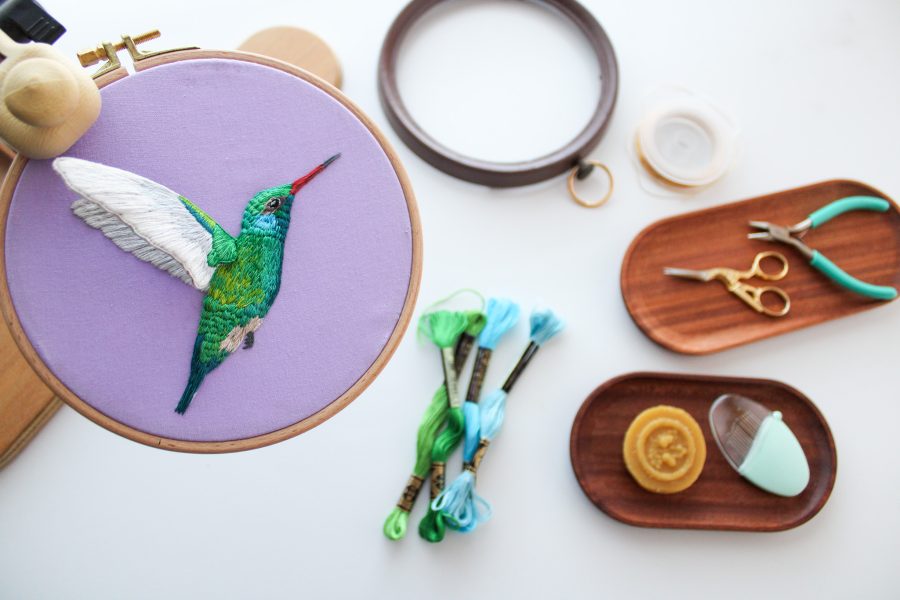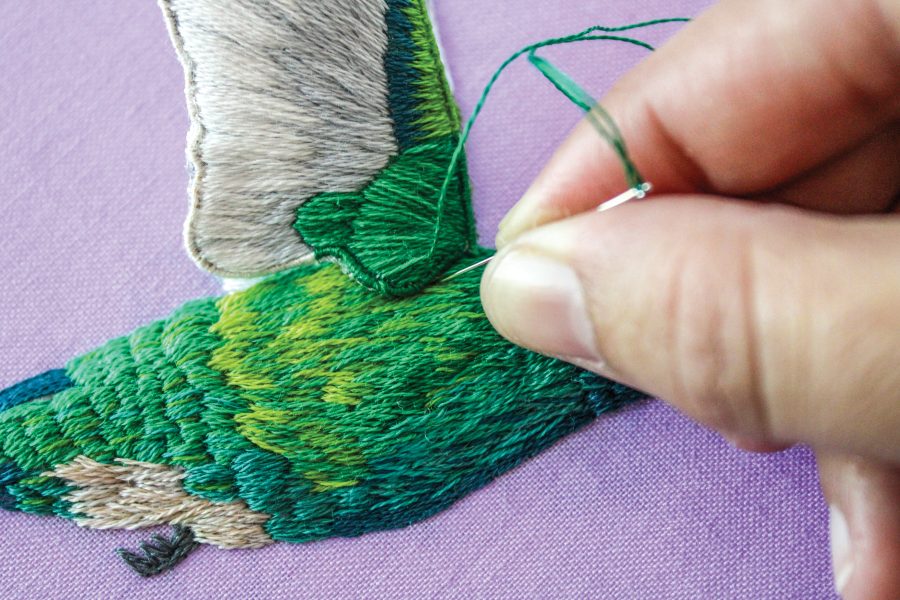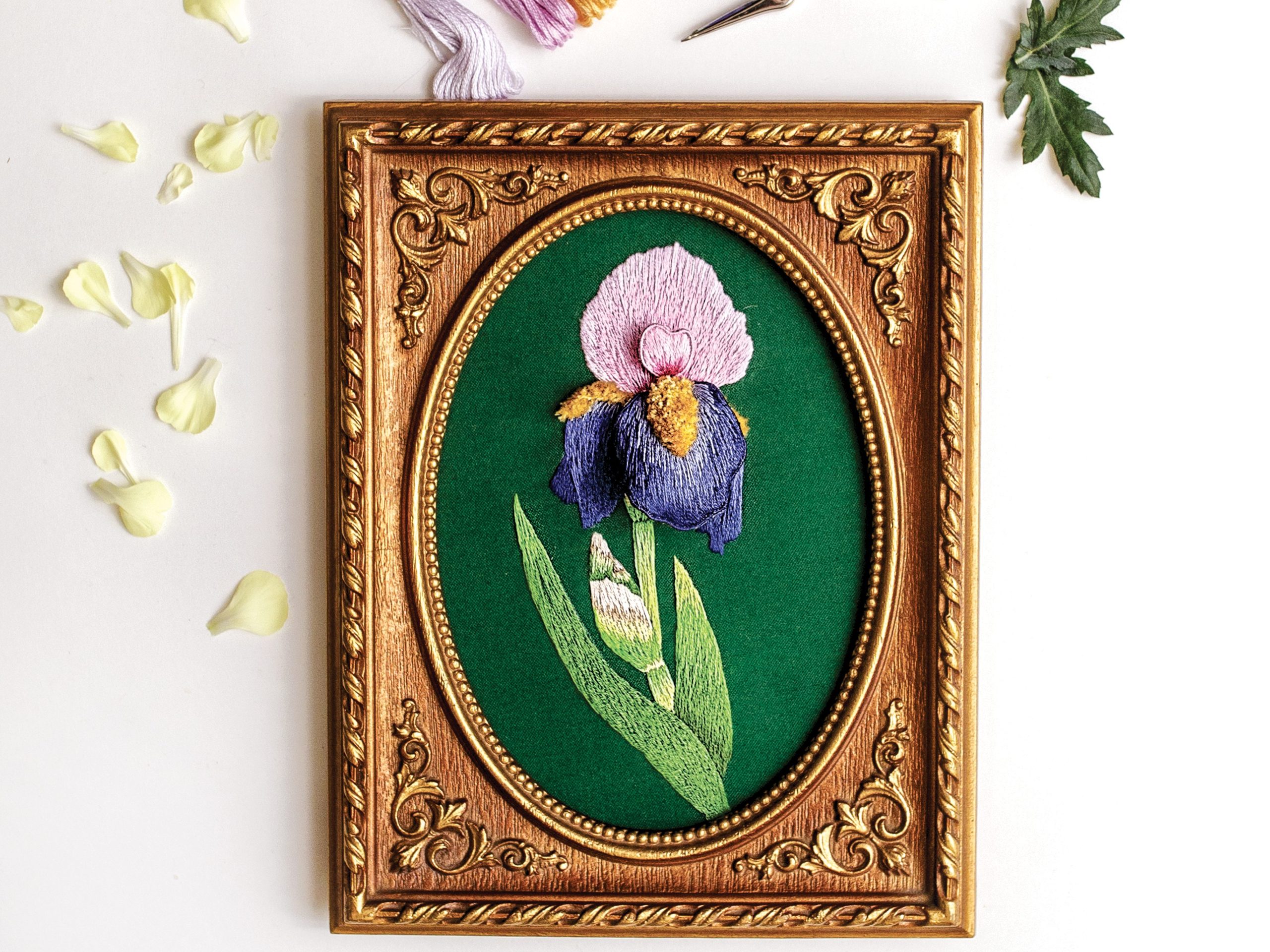I have moved twice in the last two years, which is very positive, yet very stressful. Moving involves so much. Of course there’s the packing and storing, but there’s also the topsy-turvy life style as one adjusts, and dealing with mountains of paper work and address up-dates, etc. But, take a deep breath…it is all well worth the effort in so many ways. Change of any kind can be stressful, but change can also offer opportunities for seeing and doing things in new creative ways.
Sometimes the most difficult part of beginning something new for me, whether it is a new recipe, new sewing or gardening project, etc., is the starting part: Thing 1! But I have been so eager to sew during my “moving experiences” that I finally decided yesterday was the day to begin and I would treat myself periodically with positive reinforcement of cookies, ice cream, of sips of coffee from a favorite mug. Many times, I have to make a mess in order to bring order to that mess. Does anyone else identify with that process?
Thing 1 involved moving some pieces of furniture that I have acquired over the years that are great sources of memories as well as unique and fun for storage. In my mind, if I can move something one inch, I can move it across the room (given time and a treat or two). My vintage Half-Hoosier cabinet fit nicely placed diagonally next to my life-size mannequin, Lucy. Lucy wears one of my old high school cheerleading skirts and a straw hat. By now, you have probably guessed that my style of choice is wonky eclectic.


Sitting on top of this charming roll-top Half-Hoosier is a vintage wire dress form wearing an authentic vintage tightly laced and buckled corset. Propped against the other side of my new/old fabric stash cabinet is Grandmother’s Flower Garden, hand-pieced by my beautiful mother. It is layered and ready to continue hand quilting on the frames handmade by my dear sweet dad. I can hardly wait for warmer weather and sittin’ and stitchin’ outside on my covered patio on this beautiful quilt. I’ll be sitting on a vintage shoe store bench, acquired by bartering (for wool this time), while my fur baby Sadie Sue keeps me company and chases squirrels in the back yard.
That is just one corner of my sewing room. The rest is still a work in progress. However, as I am sometimes attention deficit, I also began working on stashing some of my fabric stash on barrister’s shelves between books. Fabric and books…what’s not to love?! These shelves are in the living area, so I multi-tasked last evening, arranging fabric and books while watching a movie on tv. By the way, the word “stash” is both a noun and a verb. (Sorry, the retired teacher identity just popped out.)

I had set up my sewing machine cabinet last week but was rudely interrupted by the great need to do some not so much fun things, like vacuuming. So now I am ready to sew, even though there is more arranging to do. I have a wonderful closet with lots of shelves in my now-to-be-called Studio, but that closet is off limits for a while for reasons yet to be revealed.
Once I get started on a project, the next hurdle is stopping. But I am having so much fun creating my own personal creative space, even spilling over into other rooms of my new little home as well as outside! My precious little companion during all this moving is sweet precious Sadie Sue, a Jack Russell/Border Collie rescue and wonderful companion. She shadows and herds me, and is so much a part of my creative space and Studio. Time to feed Sadie Sue her cooked breakfast. She is also so patient with me. More to come as more is accomplished in my moving experience while I am itchin’ to stitch!
Happy stitchin’, and scratch that itch!
Judy Moore Pullen




